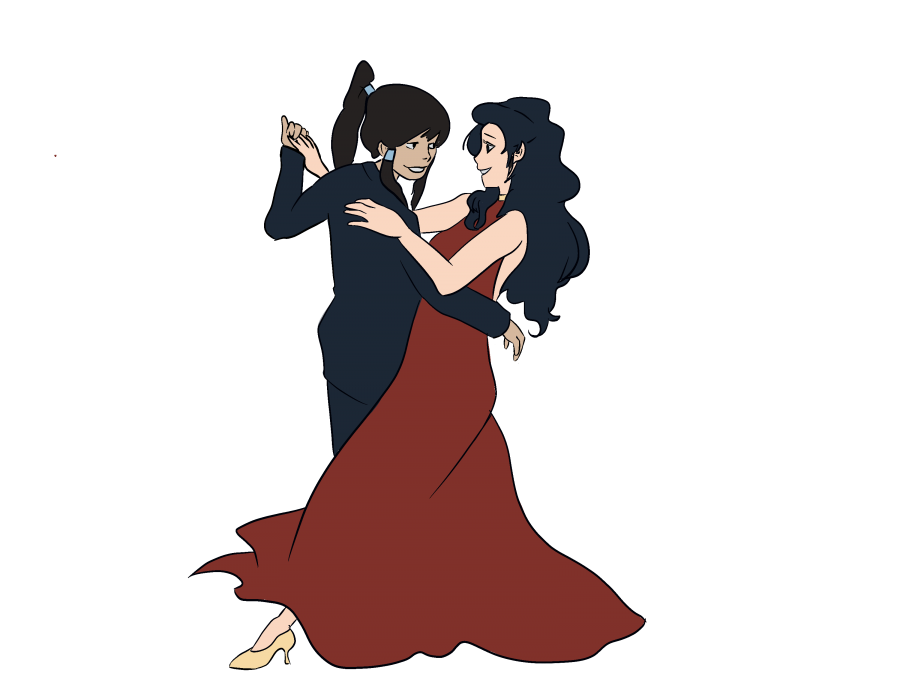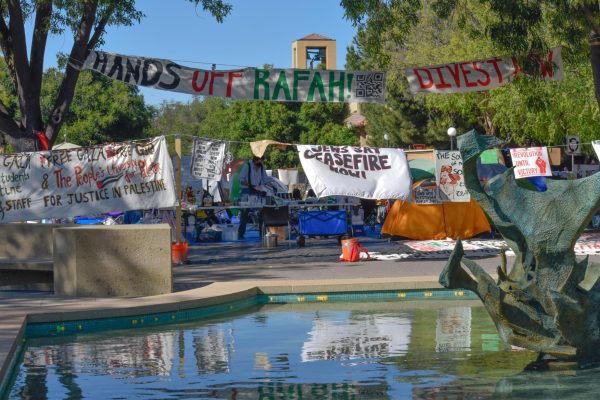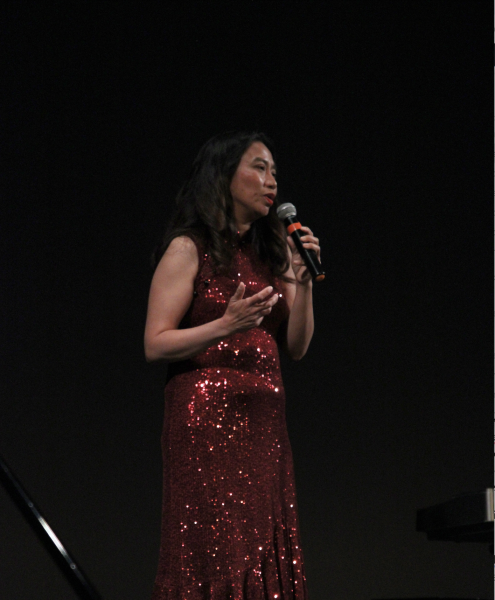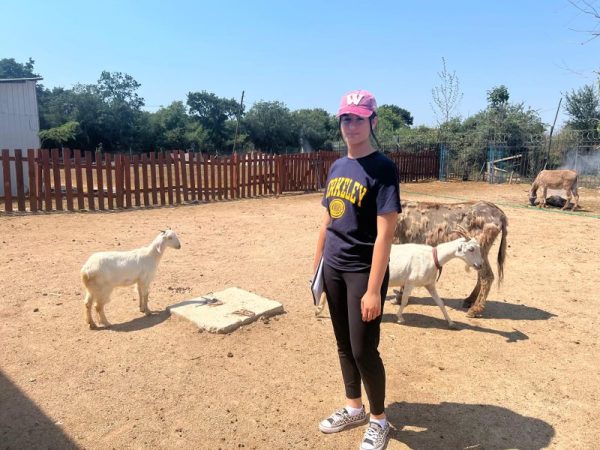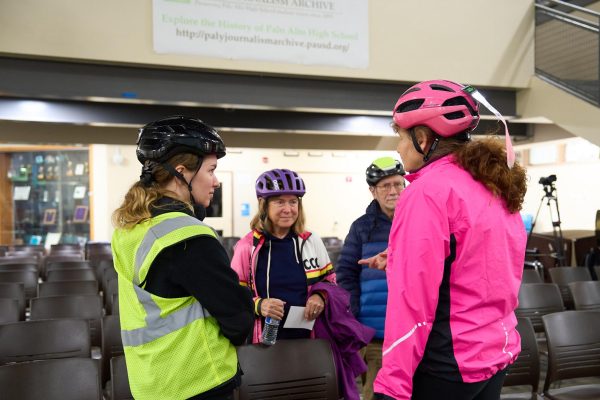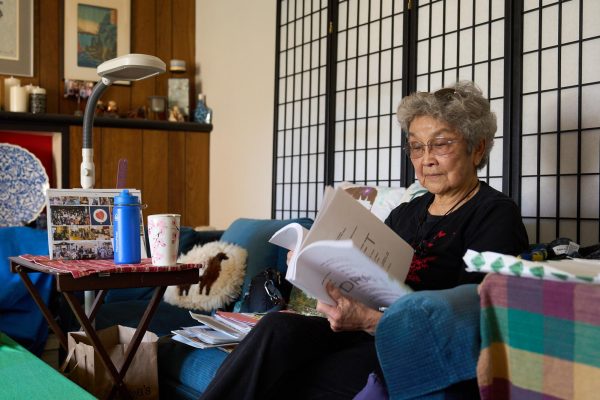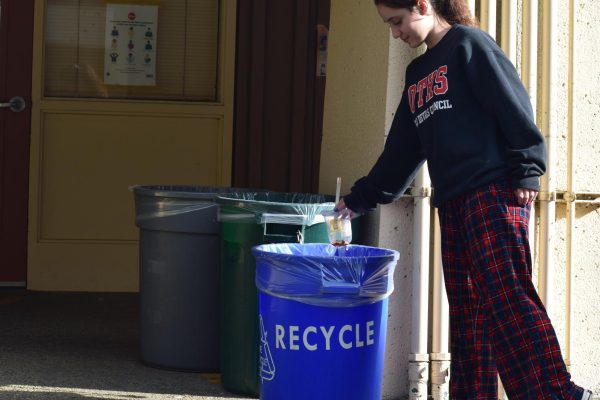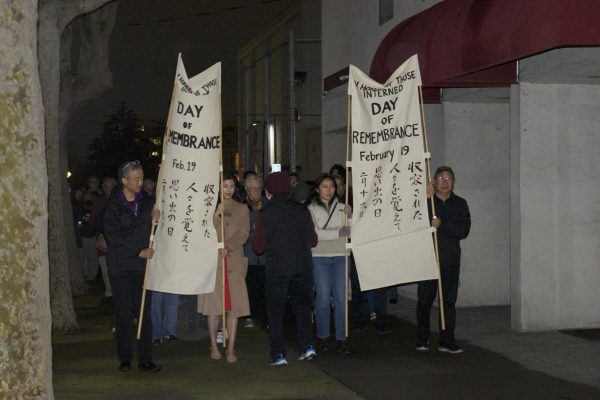Drawn Together
Children’s cartoons adds more LGBTQ+ representation
May 20, 2021
Children’s cartoons adds more LGBTQ+ representation
Art by Lauren Yan
Think about a character you looked up to as a kid. You watch them interact and grow, and you start to connect to them. How similar do you think they would be to you, or you to them?
Up until a half dozen years ago, gay characters in children’s media didn’t exist. While it’s much more normalized now, show creators were prohibited from including characters of the same-sex showing any signs of a romantic relationship, whether it be holding hands, kissing, or even marriage.
This all changed with the Nickelodeon show “Legend of Korra,” which in 2014 featured two same-sex characters, Korra and Assami, falling in love and holding hands at the end of the series.
“The more Korra and Asami’s relationship progressed, the more the idea of a romance between them organically blossomed for us,” wrote “Legend of Korra” co-creator Bryan Konietzko on his Tumblr in December 2014, three days after the final episode of the popular Nickelodeon show aired. “However, we were still under this notion, another ‘unwritten rule,’ that we would not be allowed to depict that in our show.”
Because Korra and Asami are both female characters, their relationship was the first official LGBTQ+ relationship shown in children’s media and show creators Bryan Konietzko and Michael DiMartino expected strong pushback from Nickelodeon. However, the network, while limiting what could be shown, supported the decision.
“Was it a slam-dunk victory for queer representation?” wrote Konietzko. “I think it falls short of that, but hopefully it is a somewhat significant inching forward.”
The inclusion of positive LGBTQ+ representation in children’s cartoons and media has been complicated at best. In the early 2010s, show creators such as Rebecca Sugar, creator of “Steven Universe” on Cartoon Network, were explicitly told they could not include representation, as it would be risky and cause issues internationally.
With “Steven Universe,” Sugar worked with Cartoon Network to push the boundaries of what can be shown in kids media. Early on, the show prominently featured strong female characters, such as lesbian characters Ruby and Sapphire. After first being introduced in 2014, they later got married in an episode released in 2018.

“Around 2012 and by 2014 when we actually introduced Garnet’s components, the characters of Ruby and Sapphire, the studio started to understand what we were doing,” Sugar said in an interview with Paper in August. “They told us point-blank, ‘you can’t have these characters be in a romantic relationship,’ but at that point Garnet was so established that audiences could instantly understand what the relationship was.”
Despite such setbacks, show creators have continued to push for better representation in their stories since then, and the landscape of children’s media has changed drastically.
“There is a demand now for different perspectives, for more diverse stories and characters, and for us to use our platform to make a better world for kids,” Sugar said in an interview with The Verge in 2017.
Show creators such as Sugar understand the power their platform has and tried to use it as a way to open the eyes of the next generation. As Konietzko wrote before, proper LGBTQ+ representation has felt like a taboo subject, as networks were able to cancel shows on a whim.
“Back when I made GF Disney FORBADE me from any explicit LGBTQ+ rep,” tweeted Alex Hirsch about his show “Gravity Falls,” referred to as GF, which aired from 2012 to 2016. “In 2012 the Disney censor note on this image would have been: ‘inappropriate for channel, please revise, call to discuss’ (to avoid a paper trail),” he said.
Hirsch tweeted this after the release of an episode of “The Owl House,” a recent Disney cartoon who’s main characters are bisexual and lesbian teens. In the episode, the two characters dance together in a prom setting, also revealing that one had wanted to ask the other to dance but could not build up the courage to.

Hirsch, having worked on his own cartoon with Disney before as well as voicing characters on The Owl House, has seen how much the industry has changed in regards to how LGBTQ+ representation is treated. He recognizes how cartoons have gotten to the point where representation can happen normally, without fear of cancellation.
Other more recent cartoons can be much more open with their representation. “Craig of the Creek” from Cartoon Network has also casually included LGBTQ+ characters. This show is targeted more towards a younger audience, allowing children to be aware of the different kinds of people there are in the world.
“I see a lot more confidence and openness amongst the LGBTQ community today, and I believe the media played no small part in spreading that acceptance and encouraging the newer generations,” said Angel Lorenzana, a storyboard artist for Craig of the Creek.
Lorenzana is agender and gay, and as a storyboard artist, has worked on stories with few limitations, realizing the effect cartoons can have on the next generation.
“I didn’t have the tools to understand that I was gay or agender when I was younger, so I want to provide that for kids of the future,” Lorenzana said.
Kids watch cartoons for entertainment, however they can also carry powerful messages and ideas. The stories they tell are full of bright colors and exciting characters with fantastical elements, which is perfect for teaching children about the world around them.
“I have no direct way of knowing if my work is having that effect on anyone,” Lorenzana said. ”But what drives me to keep working is the hope that I’ve inspired and enlightened someone out there.”
